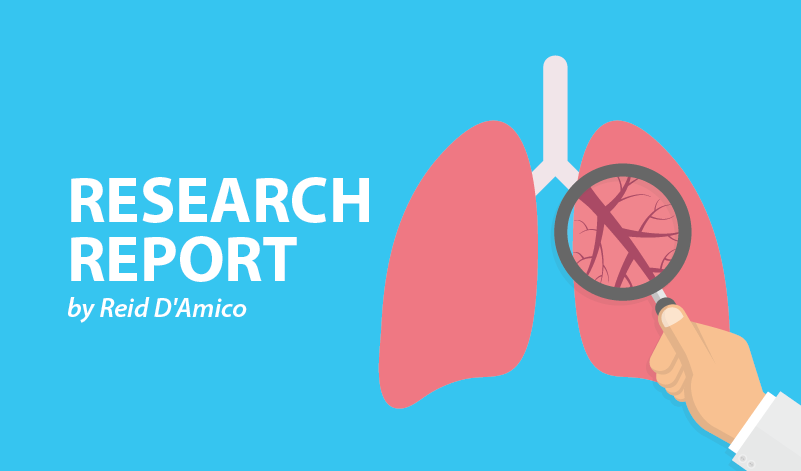Patient Resources from the American Thoracic Society


This past week, I had the honor of presenting my work at the American Thoracic Society (ATS) international conference. Renowned physicians, scientists, companies, and advocates within the realm of pulmonary and cardiopulmonary fields had an opportunity to network and hear about the state of much of the research that includes pulmonary hypertension (PH).
In my double life as both a scientist and an advocate, I’ve realized that the two fields don’t always intersect. However, most surprisingly, the dissemination of research rarely makes its way to the patients. As a researcher in a PAH lab, I always want to have more patient engagement. We do what we do to benefit the patients, and I want to ensure that patients are just as aware of the groundbreaking research as we are.
The ATS website offers different links and pages that patients can use to delve deeper into the life as a scientist working toward curing their disease.
Advocacy: The American Thoracic Society is wonderful when it comes to advocacy. It’s able to quickly alert others to news, opportunities, and can quickly pivot to make decisions about life-altering scientific policy. I highly encourage patients and friends of patients to check out the advocacy section of the ATS website. Not only is this designed to update others about the world of advocacy, but it could also present opportunities for involvement.
Patients: The ATS website also has options for patients to obtain educational materials and up-to-date guidelines about their disease. Often, we as patients have the “other full-time job” of staying on top of how our disease impacts our personal lifestyle. This link here provides patients with a variety of educational and other resources to help understand their disease.
Research: Perhaps one of the most unique options to explore on the ATS website is the list of selected research publications. Here you can find a mound of scientific abstracts and papers concerning pulmonary hypertension. Similar pages exist for other pulmonary and cardiology diseases as well.
***
Note: Pulmonary Hypertension News is strictly a news and information website about the disease. It does not provide medical advice, diagnosis, or treatment. This content is not intended to be a substitute for professional medical advice, diagnosis, or treatment. Always seek the advice of your physician or other qualified health provider with any questions you may have regarding a medical condition. Never disregard professional medical advice or delay in seeking it because of something you have read on this website. The opinions expressed in this column are not those of Pulmonary Hypertension News or its parent company, Bionews Services, and are intended to spark discussion about issues pertaining to pulmonary hypertension.








Leave a comment
Fill in the required fields to post. Your email address will not be published.